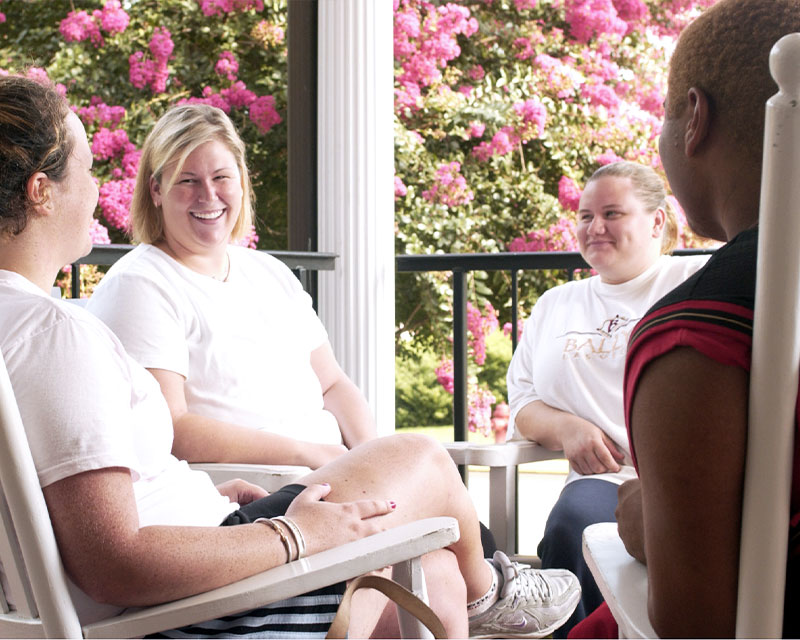Part I – Pace
In a time where the majority of fitness experts and exercise coaches are so caught up in functional exercises (some for good reason), I would like to take a moment and discuss hands down the most functional exercise of all… Walking. Do you want an exercise that will prepare you for real life activity while at the same time leading you towards a leaner, healthier body? I can’t think of one exercise that would be better than walking. So let’s take a moment to understand some broader points of moving yourself about on your own two feet.
Is Pace Important?
Sometimes pace is important, but not for the reasons you might think. Pace is definitely not important in terms of an absolute scale such as miles per hour. That’s because pace is relative to each individual. What is fast for one person might be an easy stroll for the other. And besides, distance is the prime factor that determines caloric burn during a period of walking. So regardless of your pace, walking a given distance burns the same amount of calories.
3 miles = 3 miles whether you walk fast or slow
*Facts are Facts: There is also not a significant difference in caloric usage between walking and jogging over the same distance. In some ways walking may be preferential for caloric burn (see #2 below).
There are three circumstances where pace does play a role.
#1 – When you are pressed for time, walking at a faster pace allows you to walk further during the amount of time you are moving and therefore, helps you burn more calories during your workout.
#2 – Walking at a very fast pace becomes less efficient than jogging in terms of forward movement. Because it is less efficient, you actually burn more calories walking at a fast pace rather than jogging at that same pace. For most folks, this pace falls somewhere around 3.6-4.0 MPH. Also, walking at such a pace can cause you to continue to burn an increased amount of calories even after your workout is over. So bottom line, there’s less impact on your joints and you burn more calories. That sounds like a win/win.
#3 – There is some evidence that walking at a faster than normal pace can be great for alleviating lower back pain. Walking in general has been proven to be very therapeutic for back pain, however, there is something about walking at a faster pace that allows for the joints of the lower back to regain normal motion and ease stiffness. Furthermore, walking at a faster pace generally causes the individual to increase stride length. This may help stretch out tight muscles and allow for a normal gait to be reassumed.






